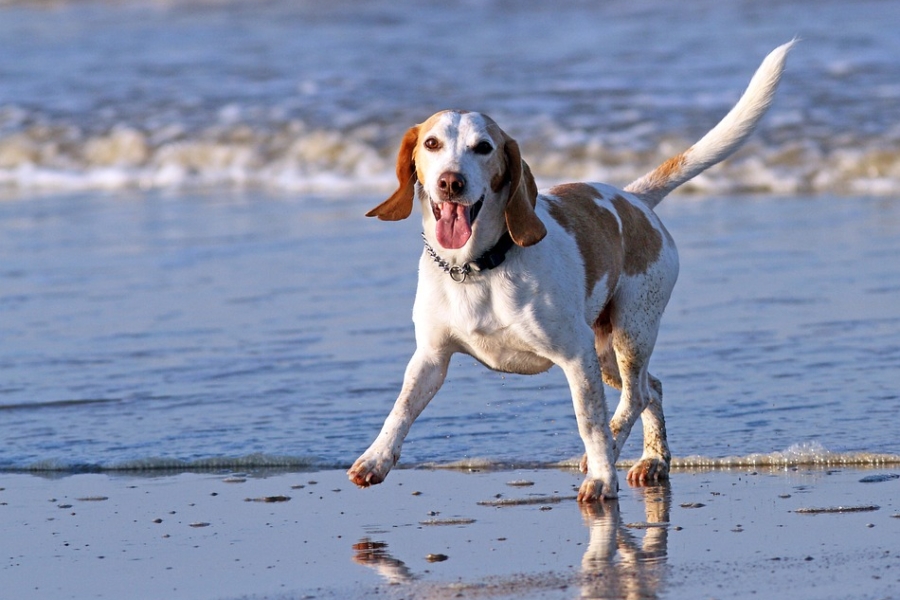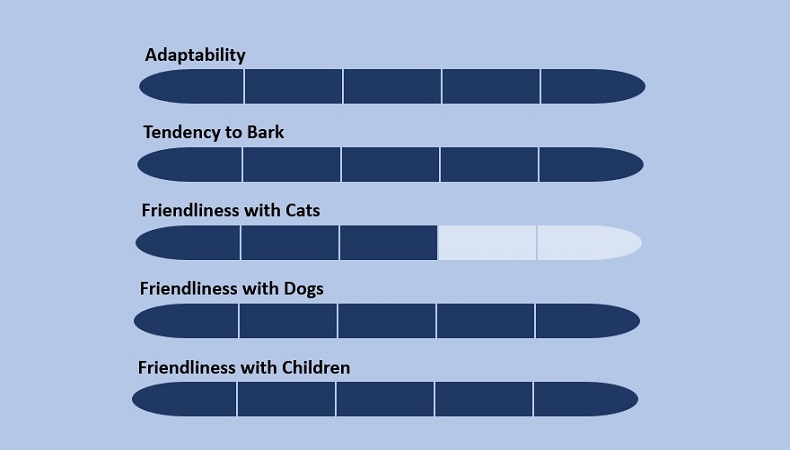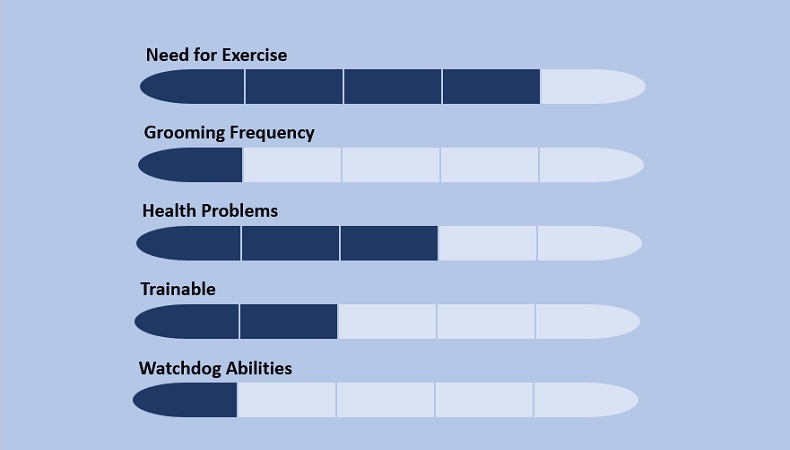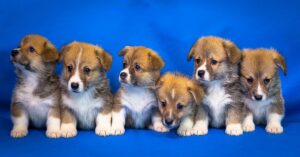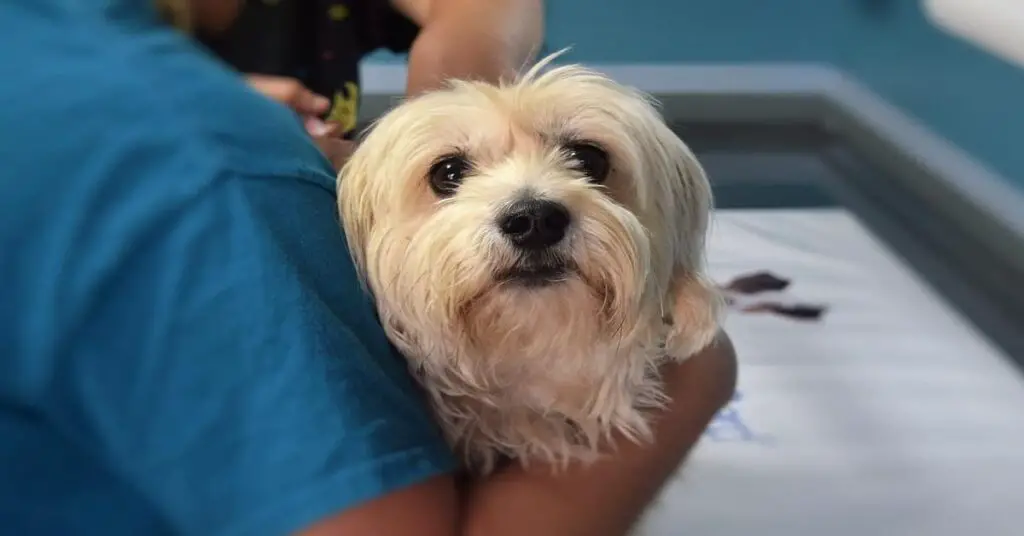Also Know as:
English Beagle
.
.
Origin: United Kingdom
Type: Pure Breed
Height: 13 to 16 inches
Weight: 20 to 25 pounds
Life Expectancy: 12 to 15 years
BEAGLE TEMPERAMENT
Beagles generally have a gentle disposition and good temper, an intelligent breed, they are also strong-willed which is a challenge when training them, but basically, they are very friendly dogs and loyal to a fault. Very good with children, you will rarely find a beagle acting aggressively, in fact, you will find them getting along with other dogs and pets around especially when well socialized.
A beagle naturally enjoys a long walk, very energetic, playful, and having a well-developed sense of smell. This makes it very necessary to have them on a leash anytime you go on walks with them. If you don’t do so, you will find yourself in a situation where the beagle runs off trying to follow a scent or trying to tag some other dog.
Beagles are very prone to separation anxiety and should be kept in packs, especially if you will be leaving them alone for long periods of time.
BEAGLE PHYSICAL APPEARANCE
The Beagle has large hound-like eyes, usually hazel or brown in color, with skulls that somewhat oval in shape, their muzzles somewhat square in shape and medium in size. The ears are long and fall by them just ending near the cheek region in a rounded shape form. Their necks are strong with no folding on the skin in that area, they also have a broad chest narrowing down towards their abdomen giving them a macho man look and short tails that are slightly curved whether pointing up, down or midway.
The Beagle also appears in a range of colors, usually in tricolors of white, black, and brown. The tricolor has white being the dominant color with patches of black and brown around them, other patch colors can be lemon, red and dark brown.
Lastly, the brown color only appears on them between the twelfth and twenty-fourth month of their life.
BEAGLE CHARACTERISTICS
BEAGLE CARE

BEAGLE HISTORY
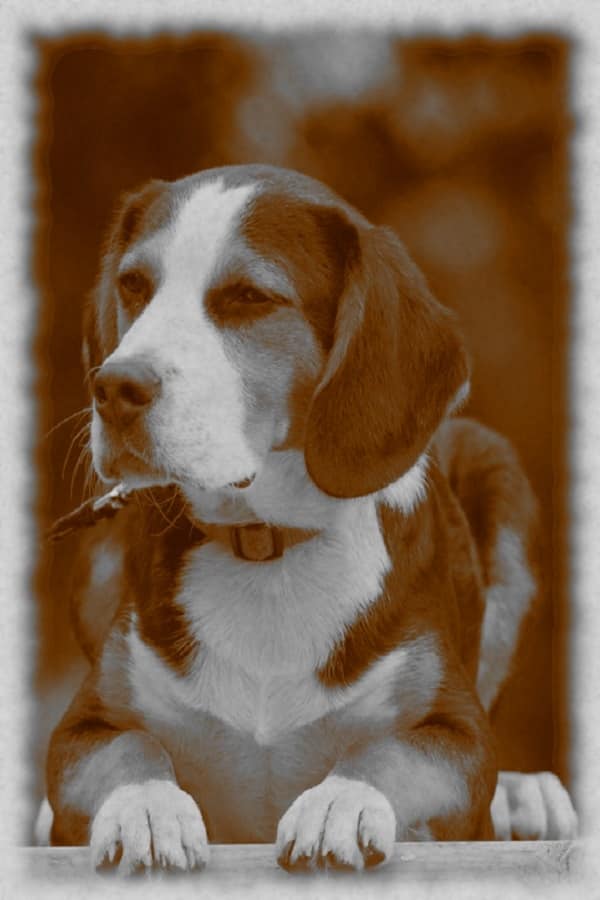
The origin of the beagle breed has been a subject of argument for a long time now. Most of the conflict seems to come from the name itself, some experts suggest that the name originated from the french word begueule literally translated means loudmouth, Others claim it from the Welsh term “beag” which means small, and some claim it is a mixture of old English and French term. There is even a version that the name originated from the German word “begele” which means to scold.
Records have it that beagles were used to hunt hares and rabbits in England far back even before the Romans arrived in fifty-five B.C. Way back then, they were nicknamed the “foothound of our country, indigenous to the soil.” As far back to the reign of Edward the third, there was mention of him having a pack of about a hundred and twenty Beagles on the Battlefield during the “Hundred Years” War.
There were even writings and descriptions of the Beagle breed in English literature as far back as 1475. By the 1500s, many English men had large packs of hounds used for tracking and hunting deer. The smaller hounds were used for tracking and hunting rabbits and hares and these ones are the ancestors of the modern-day beagle.
The term “foot hound” is crucial to understand the wide appeal for beagles by the hunters in England then. Unlike other pack hunters then that required their owners to be on horsebacks, the beagle would help the hunting partner to track their prey on foot. At that time, this was a better and cheaper option for any English gentleman or lady who was interested in hunting smaller prey. This was also a good option for older gentlemen who couldn’t spend a lot of time on horseback for their health and safety.
It wasn’t till after the civil war that beagles started being imported into America. They became an instant hit with American rabbit hunters. By 1885 the first beagle by the name “Blunder” was registered by the American Kennel Club.

Hi, I am Charles Nwankwo Editor-in-Chief, Mydoggything.com. Gleaning from Professional Dog Trainers, behaviorist, Registered Veterinarians, and Breeders. We are passionate about making dog care easy for you. My job is to make sure that you get the best-updated dog care information to understand and take care of your dog or dogs.
